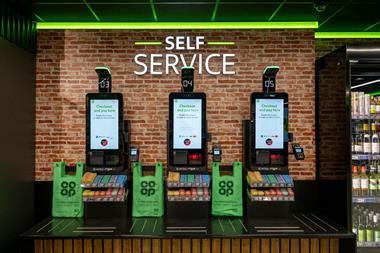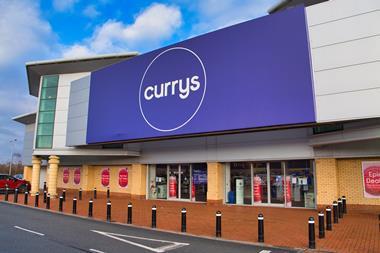Customer insight has come into its own over the last year or so. From the days when only the big grocers took it seriously, now every retailer must have a strong idea of who their customers are and what they want.
Customer insight has come into its own over the last year or so. From the days when only the big grocers took it seriously, now every retailer must have a strong idea of who their customers are and what they want.
It helps that the technology required is now cheaper. But it’s not just technical developments and lower costs driving it – there are several trends making it necessary to have some kind of customer insight operation. First is the threat to traditional retailing from online retailers. This is not a new phenomenon, but one thing online retailers have is plenty of customer data. And they’re getting better at using it – product recommendations and personalised emails are perhaps easier to achieve if you only have one channel to manage.
Traditional retailers’ own etail sites have the same benefits. But bringing the store into the equation is both an extra challenge and an extra advantage – some kind of insight into store and multichannel customers is increasingly crucial as shoppers’ habits continue to evolve. Retailers are still struggling to create single accounts for multichannel customers across the different channels, but clever examples are starting to trickle through.
Loyalty cards are an easy way of getting good data and linking up online and offline customers, but they are by no means the only way of getting insight into shoppers. Retailers have great swathes of data already within their systems that could be put to better use – from in-store point-of-sale data to social media comments, there’s much to be gleaned from data already available.
The next stage of customer insight will see retail making better use of unstructured data. The technology exists to make good use of phone calls, emails, and documents, even deciphering the tone and sentiment conveyed. Most are able to listen to what’s being said about them on social networks, but there’s currently no way of linking up retail customer data with the preferences shoppers exhibit on social sites.
In the future, this process of enriching customer profiles with social data may become more systematic, but it all depends on customers’ attitudes to sharing data and the rewards they get for it. The key to getting information out of them will be providing incentives, as loyalty cards have always done.
The relationship between customers and retailers is evolving, and a decent insight operation is an integral part of keeping up with the pace of change. With up-front investment costs becoming ever more manageable, it’s work that is well worth doing.


























No comments yet